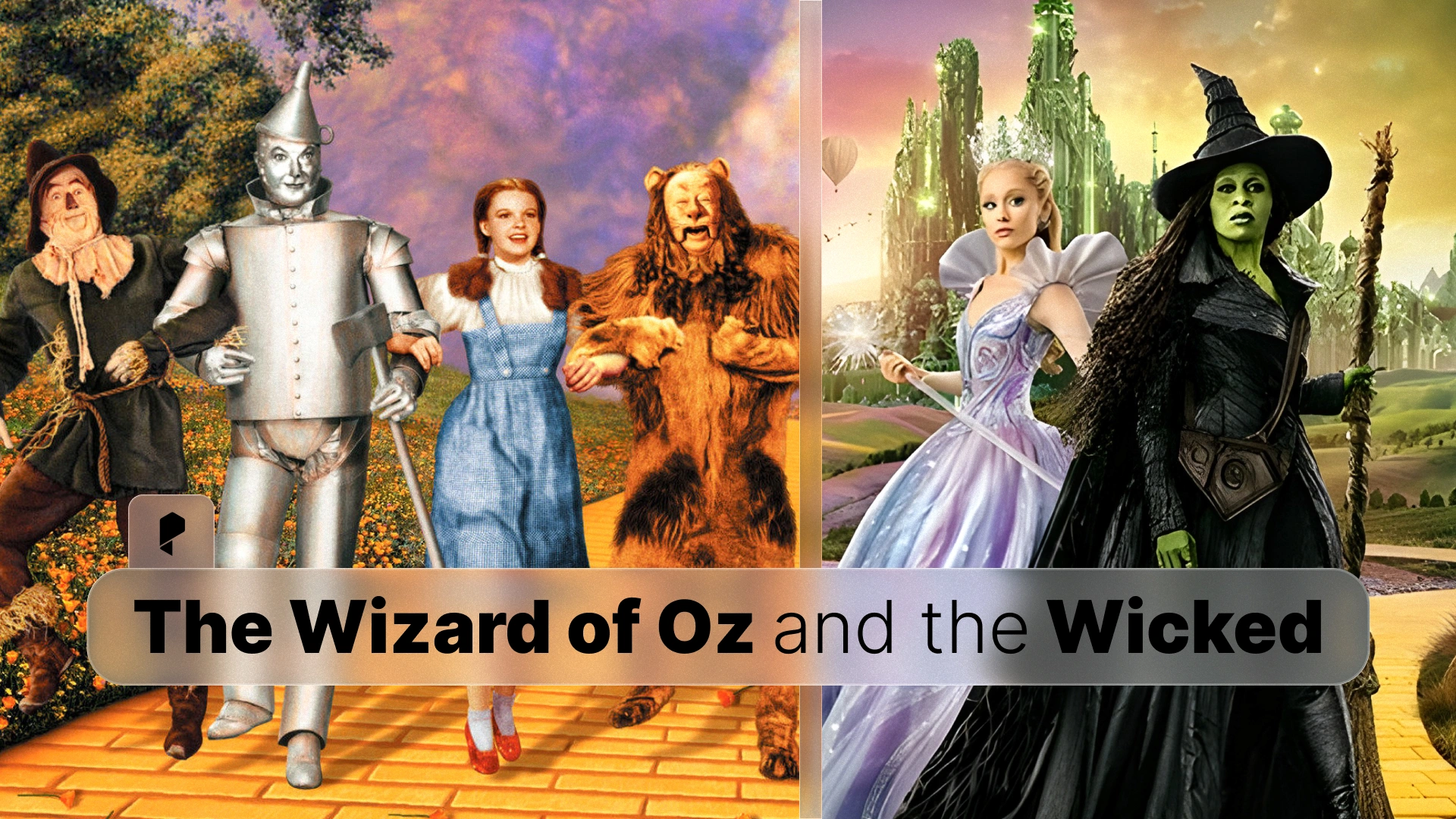How Wide Shots Create Emotion in Filmmaking: Techniques and Tips

Understanding Wide Shots in Cinematography
Wide shots are not just about framing; they are a storytelling device that allows the audience to absorb the atmosphere and understand the relationship between the subject and their environment. This makes them a staple in both narrative and commercial filmmaking.
Key Differences:
- Wide Shot: Captures the subject in its full form with the background in focus.
- Extreme Wide Shot: Focuses more on the environment, often making the subject appear small or insignificant.
Examples in Film:
- “The Revenant” utilizes extreme wide shots to emphasize the brutal and unforgiving wilderness.
- “Mad Max: Fury Road” leverages wide shots to convey scale and chaos in action sequences.
For more insights on different camera angles, check out Pixflow’s guide on cinema camera angles.
Why Wide Shots Matter in Storytelling
Emotional Impact:
- Awe and Grandeur: Wide shots of expansive landscapes inspire awe, creating a sense of wonder or reverence.
- Loneliness and Isolation: A lone figure in a vast, empty environment communicates solitude or vulnerability.
- Tension and Scale: In action films, wide shots are used to establish the scale of conflict or danger, immersing the viewer in the intensity of the moment.
Directors often use wide shots to let the environment become a character in the story, influencing the narrative as much as the actors themselves. For instance, the desolation in “No Country for Old Men” is accentuated through wide shots of the barren Texan landscapes, amplifying the film’s themes of inevitability and moral decay.
Techniques for Using Wide Shots in Filmmaking
1. Lens Choices:
- Use wide-angle lenses (e.g., 18mm to 35mm) to capture more of the environment while maintaining sharpness and depth.
- Experiment with longer lenses to compress the background and foreground for a unique perspective.
2. Framing and Composition:
- Apply the rule of thirds to guide the viewer’s eye and create balanced shots.
- Use leading lines, natural frames, or environmental elements to draw attention to your subject.
3. Lighting Considerations:
- Wide shots often require natural light or large-scale lighting setups to maintain consistency across the frame.
- Consider using atmospheric elements like fog, rain, or sunlight to enhance mood and depth.
4. Movement and Scale:
- Incorporate dynamic camera movements like pans or tracking shots to add energy.
- Position characters strategically to highlight the relationship between subject and environment.
For enhanced visual effects, consider using overlays like Pixflow’s Light Leaks to add depth and mood to your wide shots.
The Difference Between Wide Angle Shots and Wide Shots
Wide Shots:
- Focus on the subject and its surroundings in a balanced frame.
- Often used for storytelling, establishing context, or evoking emotions.
Wide Angle Shots:
- Achieved using a wide-angle lens, emphasizing depth and exaggerating the size of objects closer to the camera.
- Adds a dynamic and immersive quality to scenes, often used in action or comedy genres.
When to Use Them:
- Use a wide shot when you need to focus on the subject’s relationship with the environment.
- Opt for a wide angle shot when you want to create dramatic perspectives or highlight movement within a scene.
Examples: Compare the sweeping wide shots in “The Lord of the Rings” to the exaggerated perspectives in “Scott Pilgrim vs. the World.”
Emotional Impact of Wide Shots in Cinematic Storytelling
Creating Emotional Depth:
- Isolation: Show a solitary character in a vast space to emphasize loneliness.
- Overwhelm: Use wide shots to portray a character dwarfed by chaos or danger, heightening tension.
- Connection: Highlight the relationship between multiple characters and their surroundings to create emotional resonance.
Case Study: In “Blade Runner 2049,” wide shots are used to depict the enormity and desolation of a futuristic world, enhancing the film’s themes of existentialism and humanity’s impact on the environment.
Iconic Wide Shot Examples in Film History
Legendary Scenes:
- “Lawrence of Arabia”: The vast desert landscapes emphasize both the grandeur and isolation of the protagonist’s journey.
- “The Grand Budapest Hotel”: Symmetrical wide shots enhance the whimsical and meticulous tone of the story.
- “The Dark Knight”: Gotham’s cityscape serves as both a character and a battleground, captured beautifully through sweeping wide shots.
Conclusion
As you experiment with wide shots in your projects, remember to consider composition, lighting, and the emotional impact you want to convey. With practice and creativity, wide shots can become one of the most effective tools in your filmmaking repertoire.
Disclaimer : If you buy something through our links, we may earn an affiliate commission or have a sponsored relationship with the brand, at no cost to you. We recommend only products we genuinely like. Thank you so much.





